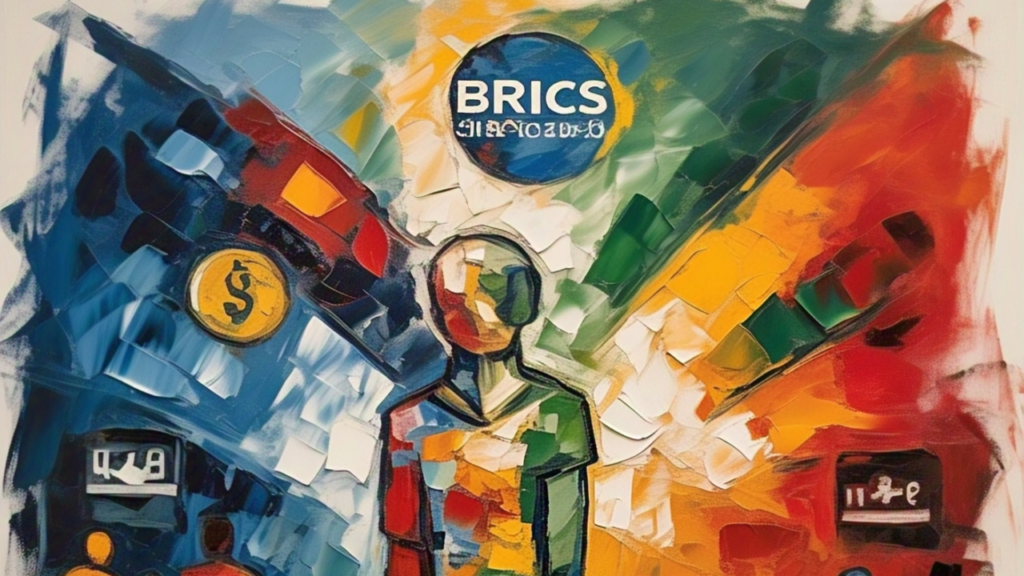BRICS has undergone a significant transformation, doubling its membership and positioning itself as a major force in reshaping global economic and geopolitical dynamics in 2025. With the addition of nine new member states, including Indonesia, the world’s fourth most populous country, the alliance is strategically strengthening its influence across Asia, Africa, and South America. This expansion signals a deliberate effort to challenge traditional power structures and promote a multipolar world order. In today’s discussion, we will analyze BRICS’ strategic objectives for 2025, its broader vision for global influence, and the potential implications of its continued expansion.

New Countries expand into BRICS in 2025
BRICS currently consists of nine member countries: Brazil, Russia, India, China, South Africa, Ethiopia, the United Arab Emirates, Egypt, and Iran. With Brazil assuming as the BRICS chair in 2025, Thailand, as a Partner Country, will have the opportunity to participate in some meetings which can support the collaboration under BRICS framework.
Indonesia Joins BRICS
Malaysia Joins BRICS
Thailand Joins BRICS
Kazakhstan Joins BRICS
Uzbekistan Joins BRICS
Belarus Joins BRICS
Bolivia Joins BRICS
Cuba Joins BRICS
 Cmtv News News -Education – Entertainment – Sports
Cmtv News News -Education – Entertainment – Sports







